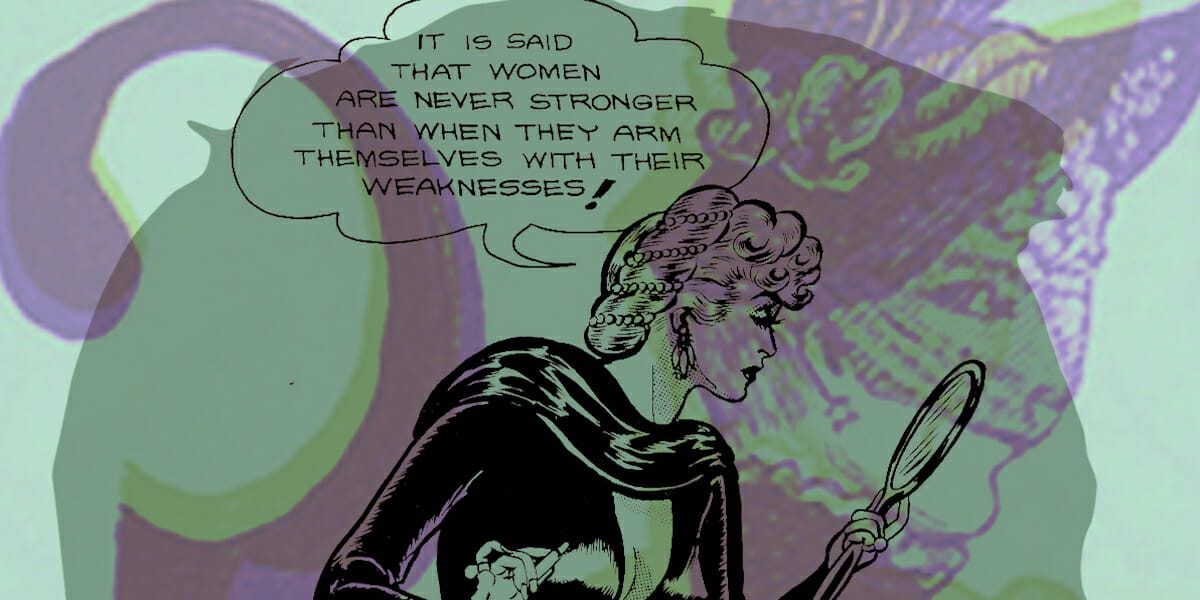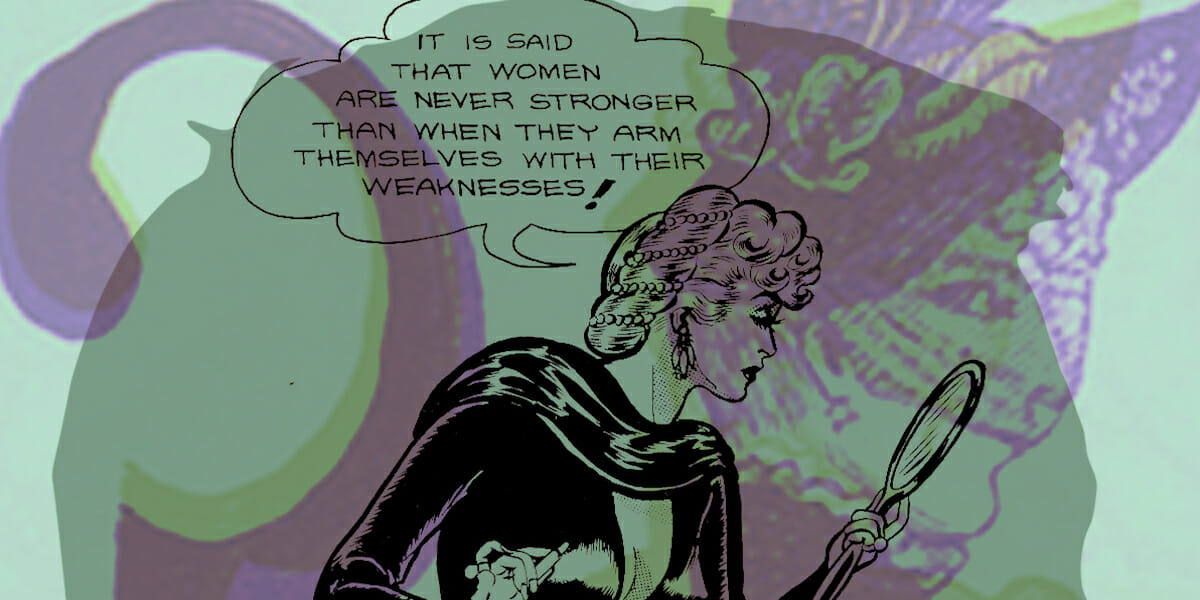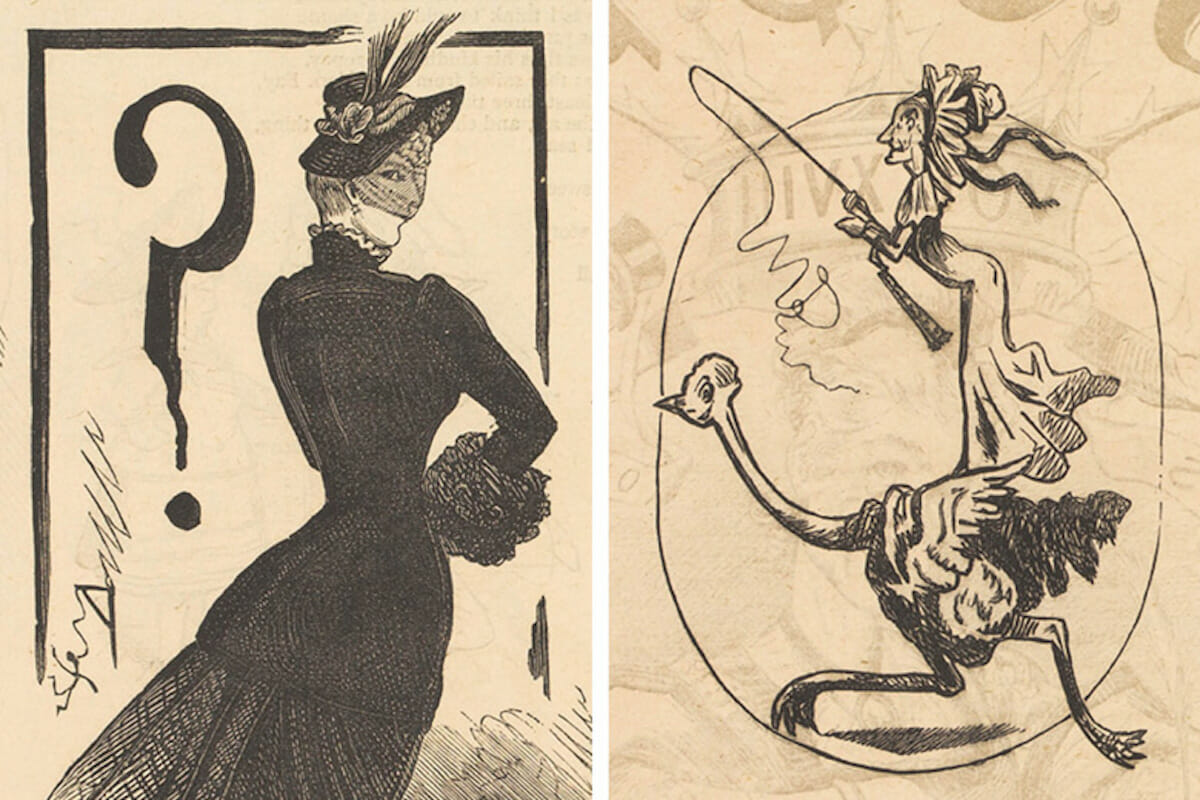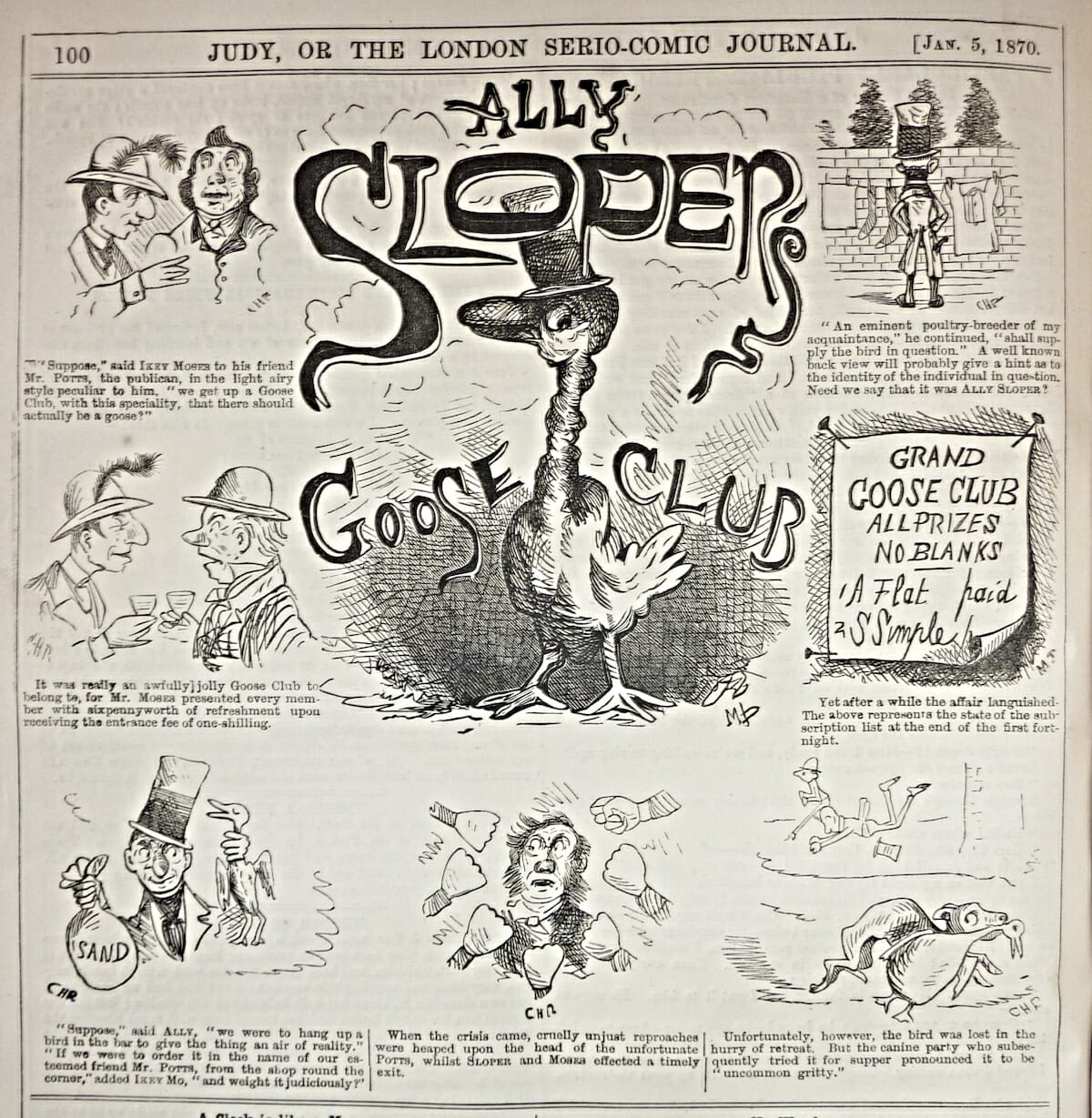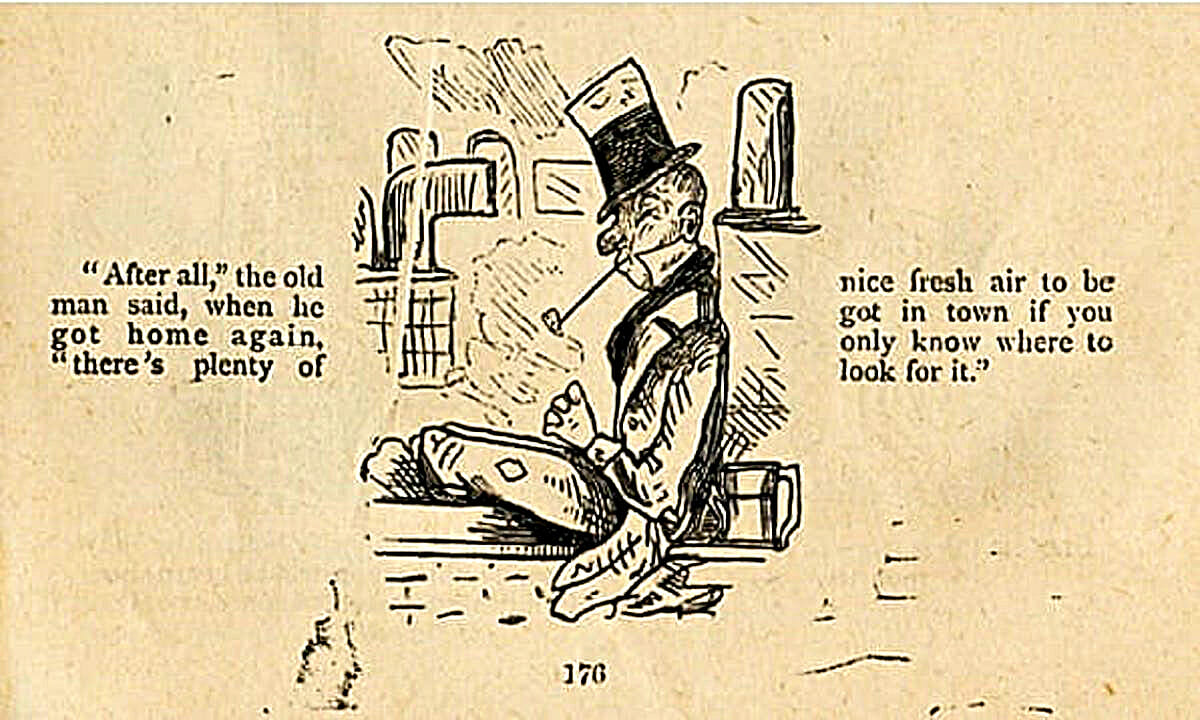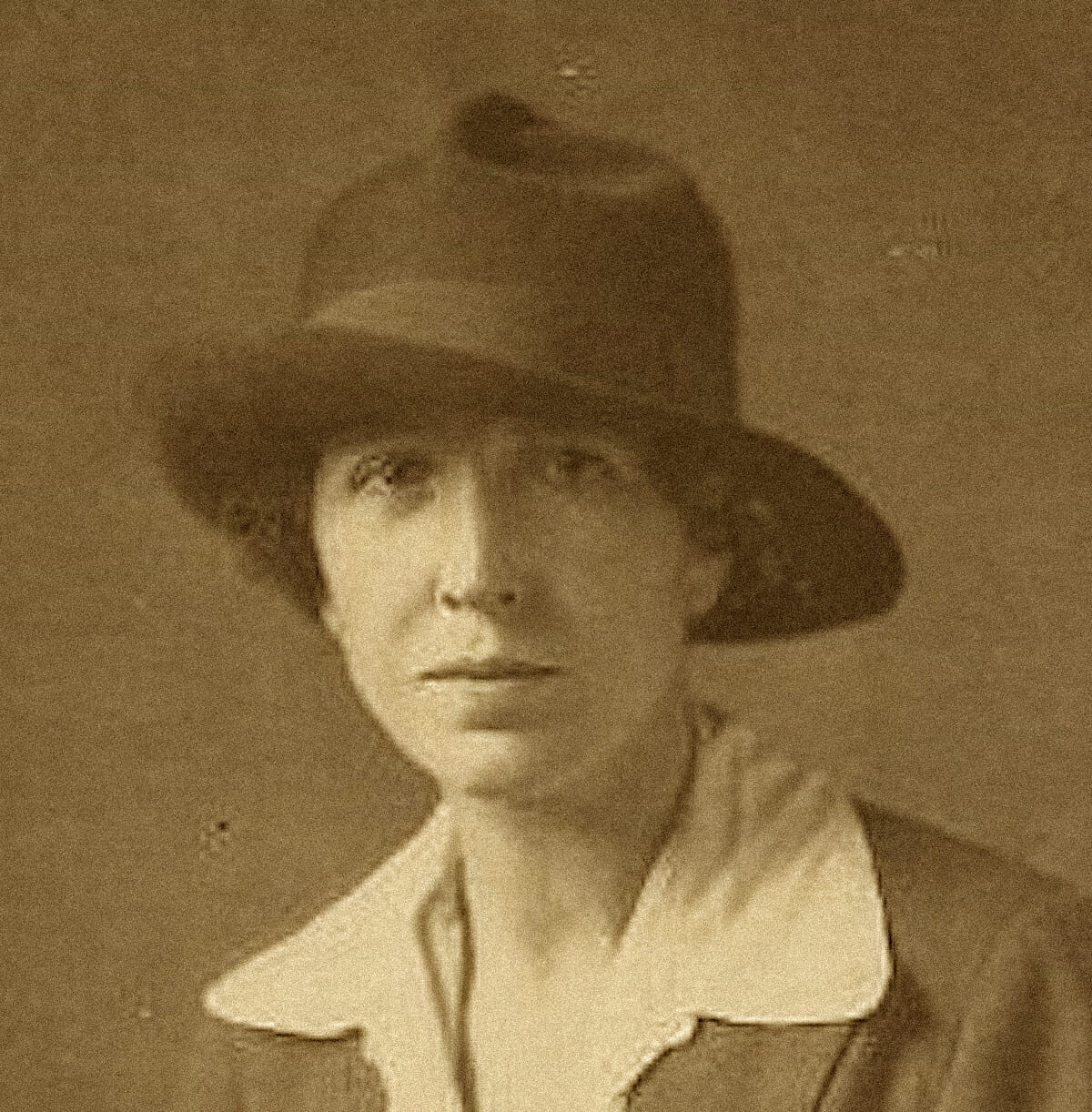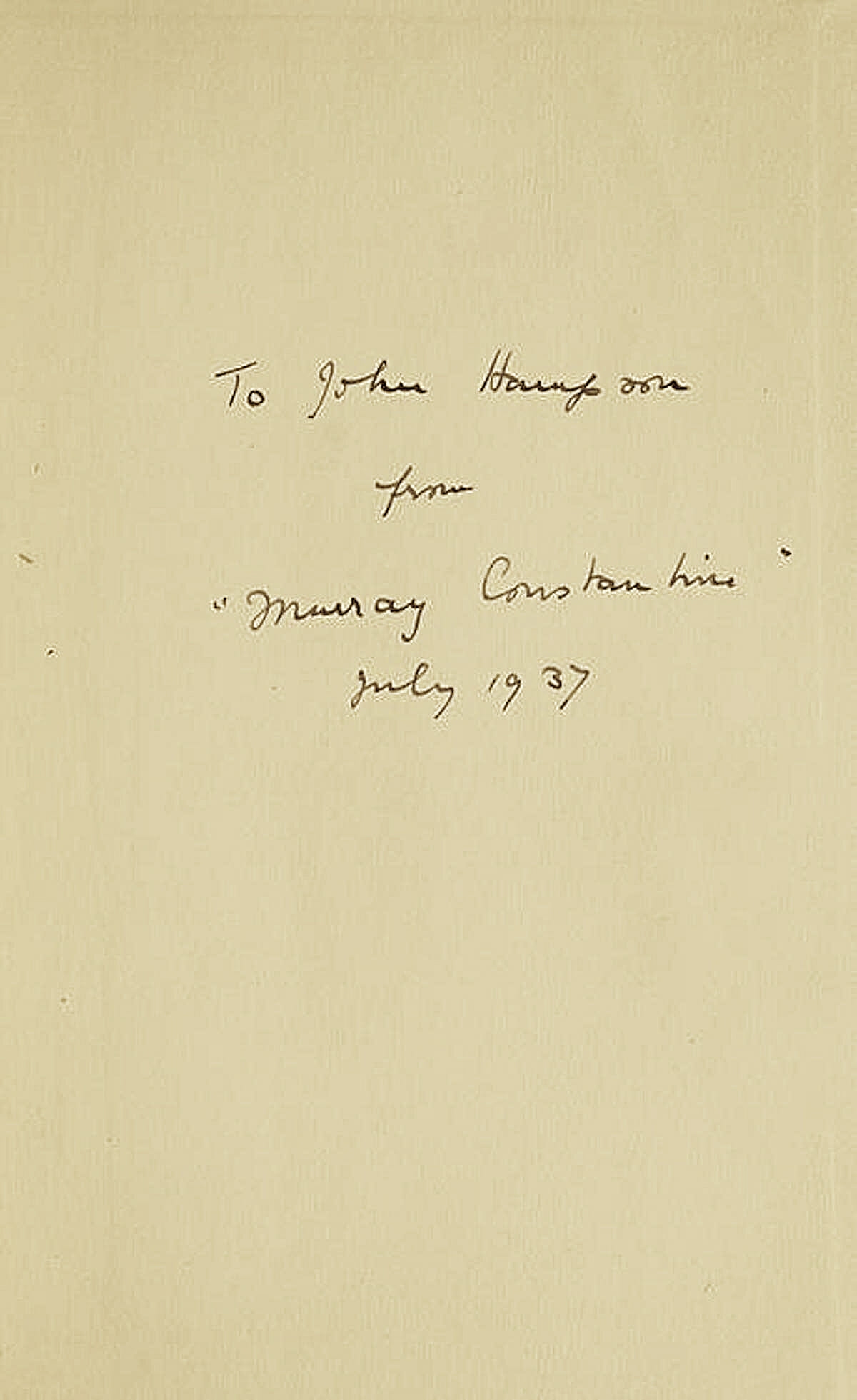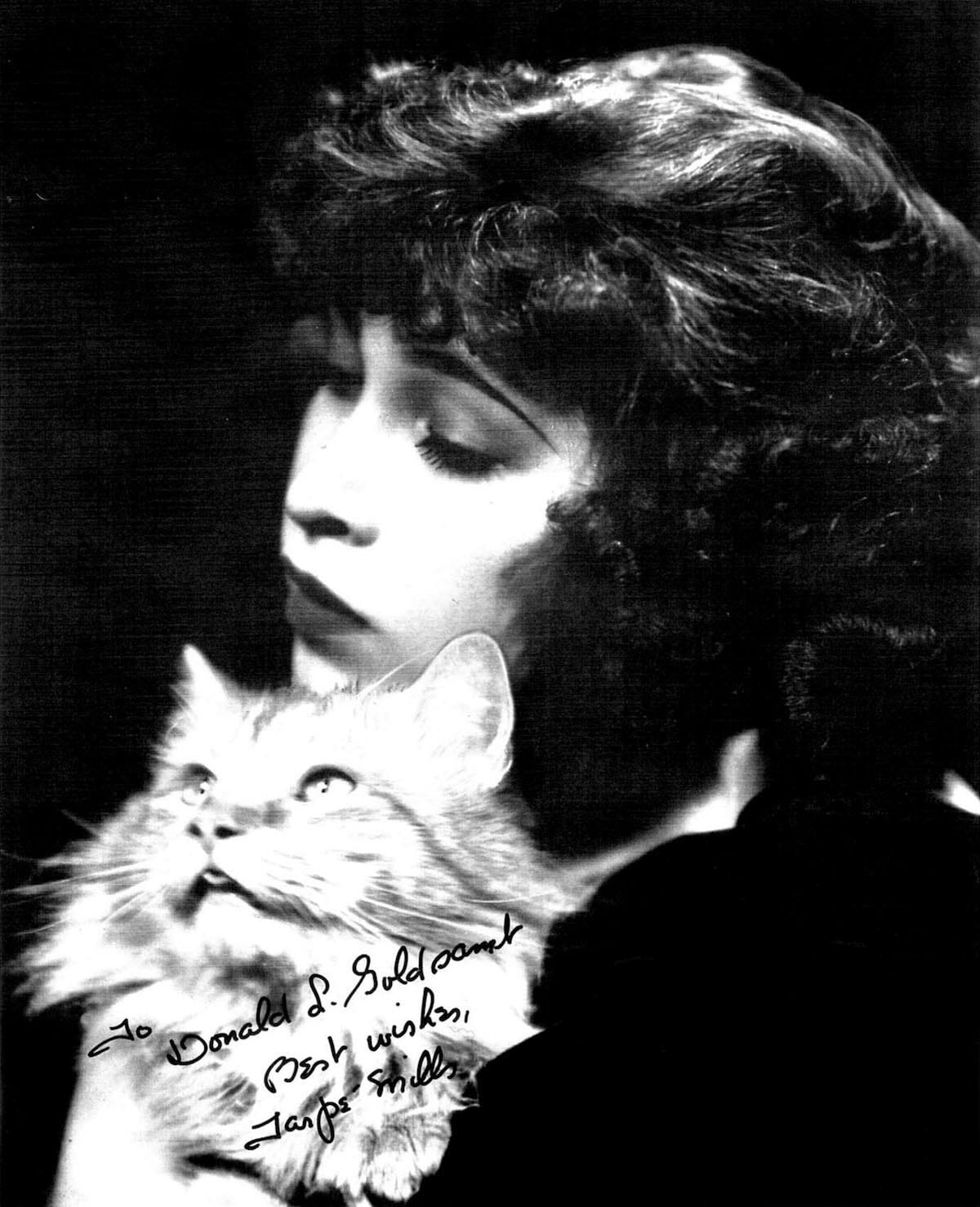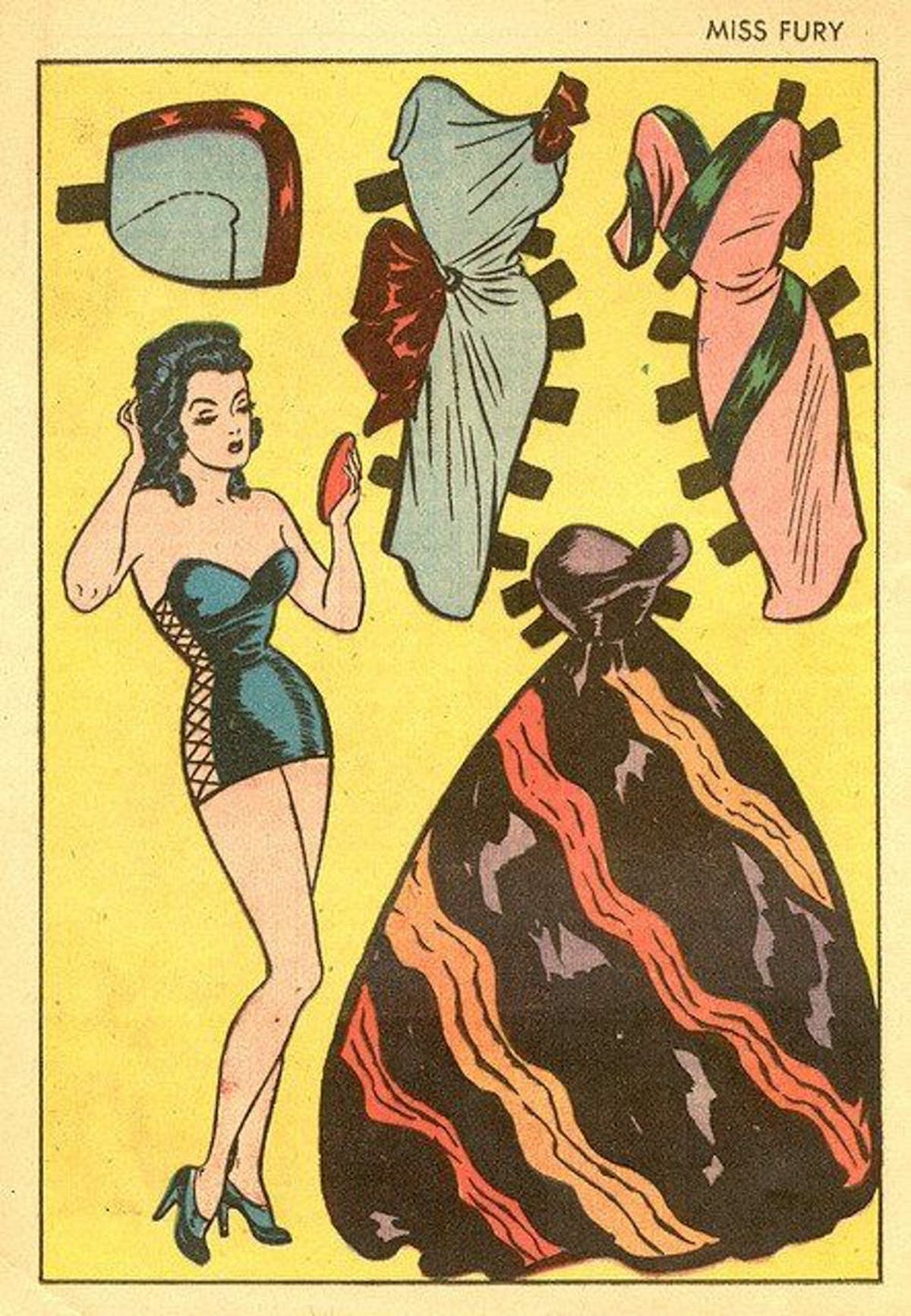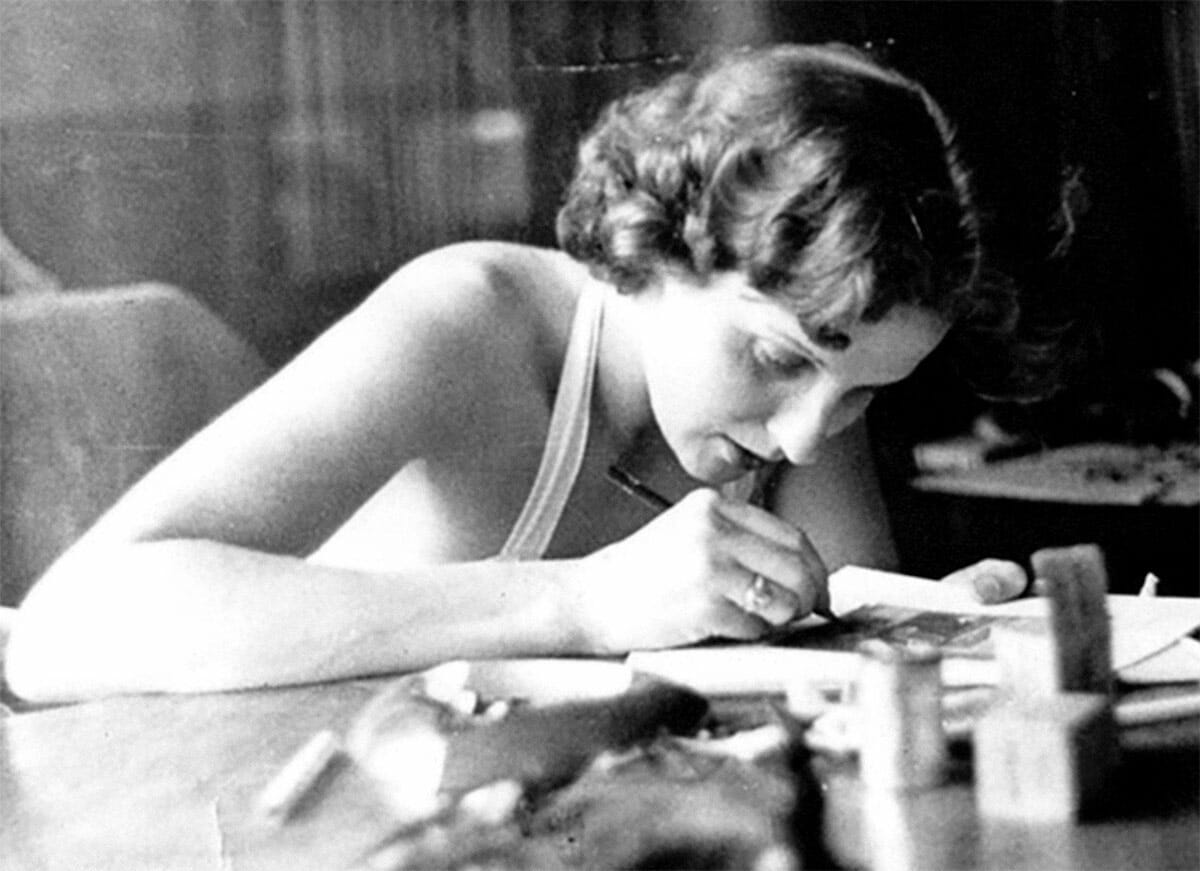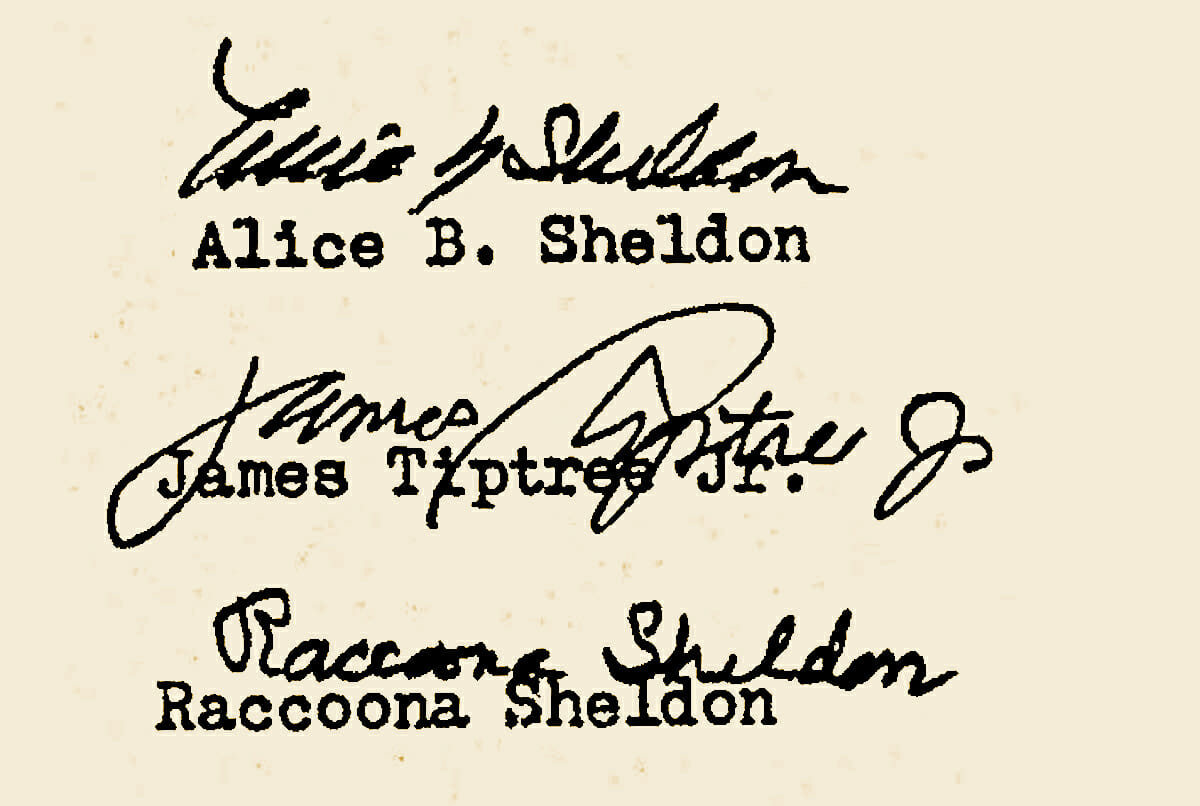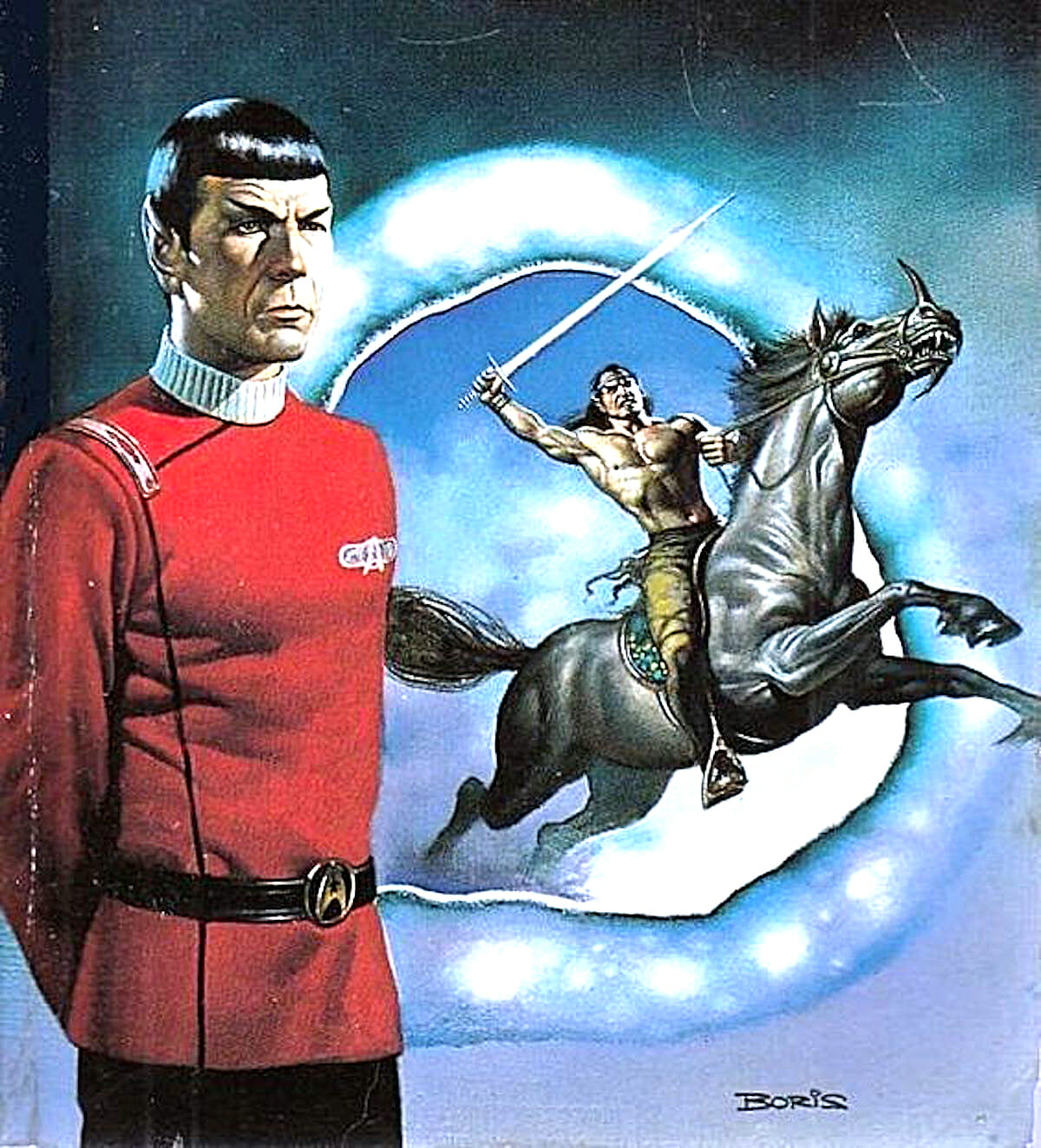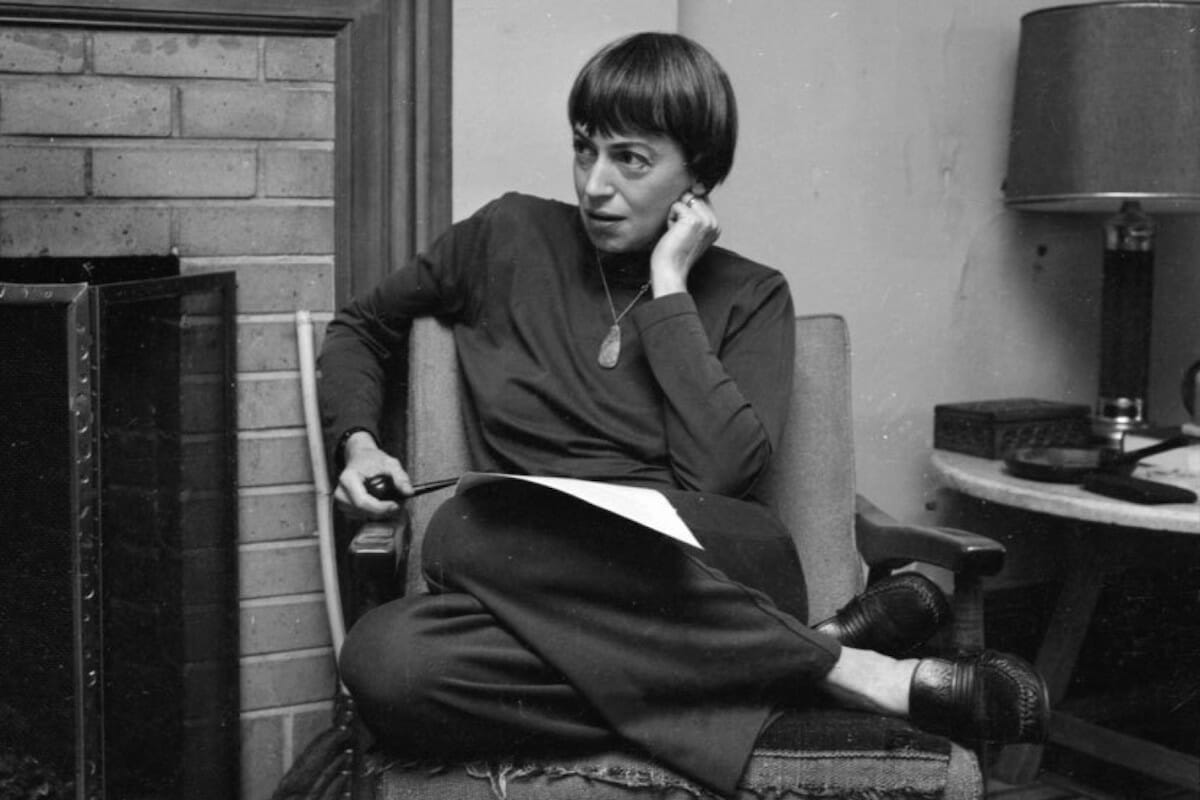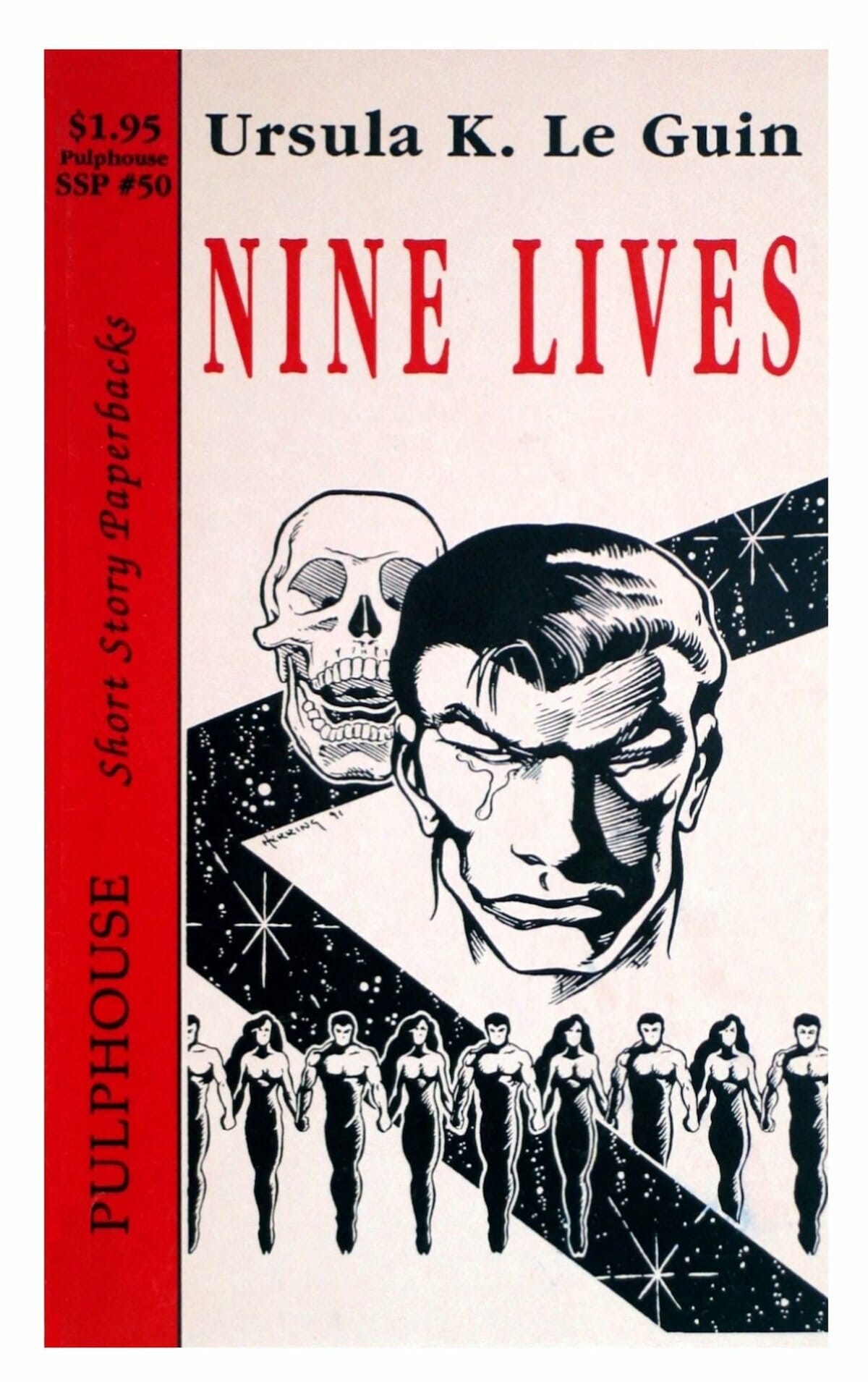What’s in a name? A lot, it turns out.
Not for nothing did Sparrowhawk conceal his true name in Ursula K. Le Guin’s A Wizard of Earthsea, after all. Like any other magician, writers and cartoonists become aware of the significance of names early on, if not intrinsically.
Perhaps it stands to reason, then, that authorship is riddled with pseudonyms and constructed personas. In particular, people from marginalized groups may find a way to use names in order to even the playing field. Sometimes, a new name is necessary in order to get through the door at all. Writing in general has historically been considered an exclusive domain of man, and for many women, seeing their words in print required them to assume a masculine designation.
Consider the Brontë sisters, who recognized that their writing would not be taken seriously as women and thus adopted the masculine names of Acton, Ellis, and Currer Bell. The ruse worked: published in mid-October 1847, Jane Eyre by Currer Bell went to a second printing by the end of the year. But once Charlotte Brontë was revealed as the author, questions about the gothic novel’s “anti-Christian” content began to emerge.
While certain genres of writing subsequently expanded to be more welcoming to women (especially women with names considered suitably Western), other genres remained more resistant to the inclusion of the voices of women.
Marie Duval
On August 14th, 1867, the first Ally Sloper comic appeared in Judy, the alternative to renowned and respected rival humor magazine Punch. Émilie de Tessier and her husband, Charles H. Ross, collaborated on the character’s original incarnation in Judy magazine. The conventional narrative has Ross credited with the original creation of the character, while Tessier is considered to be responsible for the bulk of Sloper’s development (until Gilbert Dalziel took over drawing duties for the character in 1879). The precise nature of the authorship of the character is something of a mystery, especially considering the historical tendency to ascribe the fruits of the wife’s labor to the more socially recognized husband.
Tessier worked under the nome d’artiste of Marie Duval, or M. Duval, or just M.D., a gender-neutral designation that belied the fact that very few women worked as caricaturists at the time. In fact, her son described her as “the only comic lady artist of her day.” And she was an integral element of one of one of the essential formative moments for sequential visual storytelling: the eponymous protagonist of Ally Sloper is considered to be the first recurring character in comics.
The audience of Judy was lower-middle class Victorian laborers, a demographic that included women. The idea of the lower classes being a potential audience for written material had only been made possible thanks to recent educational developments. Judy capitalized on that education, as well as the increased wages and leisure time, offering these readers a periodical that spoke to their perspective.
Sloper himself was something of a fantasy, in that he got on using his wits rather than holding down an “honest” job. Even his name, “Sloper,” comes from the slang phrase “to slope down the alley,” meaning to welch on rent. He began as something of a loner before he eventually moved to be an opponent of society in general. Eventually, Sloper even acquired a supporting cast, including Tootsie, his daughter, who was especially popular among Judy’s female readership.
The first run of Sloper ended in 1879, when the initials “M.D.” largely vanished from Judy. In addition to the illustrations printed in Judy, there were several collections printed, including 1878’s “A Shillingsworth of Moonshine (with tin-thunder at the wing), being a string of strange stories some awfully true and others awfully otherwise, told ‘without prejudice’ by Marie Duval and Charles Ross,” which included fifty comic strips signed by Duval which were had been previously published in Judy.
After Ally Sloper’s original run, which essentially amounts to a collection of short gag-strips, Ross sold the rights to the character to Dalziel. Dalziel spun the character off into his own title, Ally Sloper’s Half Holiday, in May 1884. Even the title of the spin-off leans into the malaise toward labor, as in Victorian slang, “half holiday” referred to the practice of allowing workers to leave at lunch on Saturdays, thus only working a half-day.
Sloper became something of a prototype for the comic characters to come: his core characteristics were reinterpreted and restated by different creative teams, he was extensively merchandised (his image used to sell everything from umbrellas to smoking pipes to kites to watches), and, in 1927, Dalziel saw fit to disavow Duval’s creative claim to the character, claiming that Ross had been the innovator and minimizing Duval’s contributions.
Murray Constantine
Katharine Burdekin published Swastika Night (1937) and five other novels under the masculine pseudonym “Murray Constantine” after publishing Anna Colquhoun (1922) and two other books under the name Katharine Burdekin. The first novel published under Constantine, Proud Man, was even recognized as a possibly queer text by contemporaries.
Born in Derbyshire, Burdekin moved to Australia with her children and husband in 1920, but returned to the UK in 1922 after her marriage had ended. In 1924, she met the woman who would be her “lifelong companion.”
Swastika Night is a desperate call of warning, a work of speculative fiction that explores a world in which Hilterism has prevailed and the Nazis successfully conquered the world. While the idea of a timeline in which fascism prevails is hardly singular, Swastika Night is distinct in that it was written before World War II began.
Faced with oncoming fascism, and cursed to have her warnings unheard because she was a woman, Burdekin turned to fiction. By adopting a man’s name as a pseudonym, she could ensure that her warnings against the rising fascist tide might actually be heeded, sneaking her ideas into the fortress of consideration by hiding within the Trojan Horse of masculinity.
Swastika Night’s depiction of the treatment of women is especially relevant, considering Burdekin adopted a masculine pen name.
The novel features a male protagonist exploring a world in which women are confined in “women’s quarters,” where they are subjected to psychological torture and essentially relegated to breeding stock. The novel seeks to highlight Nazism’s preoccupations with the oppression of women and obsession with masculinity by foregrounding gender in the novel, demonstrating how the tenants of male chauvinism fuels totalitarianism.
It wasn’t until the 1980s that Burdekin’s use of the Constantine pseudonym was uncovered.
Tarpé Mills
June Mills was the fashion artist who created Miss Fury, the first comic super heroine, who first appeared in 1941. The cartoonist adopted the name “Tarpé Mills,” which she considered to be more gender neutral, because she was worried she wouldn’t be considered a serious candidate for writing adventure stories if she had been open about her gender. In fact, Mills had been working in comics since 1938, and had already contributed creatively to characters like The Purple Zombie and Daredevil Barry Finn.
Miss Fury was a runaway success, and the readership included men and women alike. As the character faced off against Nazis, war criminals, and other terrorists, she grew in popularity, and during World War II, she inspired those on the front lines, frequently being depicted in artwork on the nose cones of United States military aircraft.
Mills would receive plenty of fan mail thanks to the success of Miss Fury, and she would send different responses to fan mail from men as opposed to fan mail from women and girls, with the former being sent pinup drawings that the latter being sent paper dolls. This especially makes sense given that Mills started as a fashion designer, and Miss Fury was frequently depicted showing off some very sleek looks. However, it also gives a hint at the intended target demographic of the comic: although men were meant to be the sole target audience, the paper dolls made by Mills reveal that she had girls in mind for her readership.
While Mills may have removed her name from the comic, her personal fingerprints remained: Miss Fury was drawn using the mirror method, and the super-suit wearing spy was the spitting image of Mills herself – even Miss Fury’s feline companion was inspired by Mills’ own pet. This similarity in appearance was quickly noted by fans, who discovered that Tarpé Mills was a woman not long after Miss Fury went into print – in fact, newspaper articles even highlighted the fact that Mills herself was the spitting image of her popular creation for marketing purposes. So much for a pseudonym!
James Tiptree, Jr.
When she started writing science fiction in the 1960s, Alice Bradley Sheldon had already worked as an army intelligence officer (where she became one of the world’s foremost experts on interpreting aerial photography), written as a weekly art critic for the Chicago Sun (under the byline Alice Bradley Davey), and worked as a spy for the CIA. She wrote her first science fiction stories during the exams for her Ph.D. in experimental psychology (compare this with the activities her male colleagues engaged in during those self-same exams – activities including “losing all wisdom teeth” and “bleeding profusely from the nose”).
Before submitting the story, she took the name Tiptree from the label of a pot of jam she saw at a supermarket, the “Junior” addendum being a helpful contribution from her husband. She stated that she had the thought that a masculine name would be more likely to flag the attention of potential editors.
“A male name seemed like good camouflage,” she told Asimov’s Science Fiction Magazine in 1983.
She was something of an expert on camouflage. Even before she began writing science fiction, she had once assumed a new identity. Upon exiting the CIA, she had something of an existential crisis, and spent half a day creating an entirely new identity: she simply applied the espionage techniques bestowed upon her by the CIA to assume a new life. She was similarly fastidious in the creation of James Tiptree, Jr.
Great lengths were undertaken to ensure that no one saw Tiptree in person, nor spoke with him over the phone. He communicated through the written word, maintaining extensive correspondence with friends by operating out of PO Box 3125 in McLean, Virginia. Tiptree had his own bank account.
Naturally, this led to wild speculation on the topic of Tiptree’s “true” identity.
In 1974, Tiptree refused to accept the Nebula Award bestowed upon “The Women Men Don’t See.” He took part in a written symposium on “Women in Science Fiction” as the token sensitive man.
Eventually Sheldon adopted another pseudonym, this one more feminine: Raccoona Sheldon. Raccoona had a harder time getting her voice heard than Tiptree, and eventually, Tiptree even went so far as to query publishers on Raccoona’s behalf. The story “The Screwfly Solution” was published in June 1977 under Raccoona Sheldon’s name, but it was later collected in James Tiptree, Jr’s Out of Everwhere story collection, where it appeared alongside a footnote explaining that Raccoona was a pseudonym of Tiptree.
Nevertheless, some concrete details about the shadowy figure’s past did emerge, thanks in part to similarities between Tiptree’s life story and her own, an effort at avoiding being dishonest. “Everything I said to everybody was true, with the exception of the gender implied by the signature,” Sheldon told Charles Platt in the 1983 profile of Tiptree for Asimov’s Science Fiction.
One of these truths was that Tiptree was from Chicago. Another was revealed in 1976, when Tiptree admitted his mother died. Subsequently, one of Tiptree’s letter-writing correspondents, Jeffrey D. Smith, found Mary Hastings Bradley’s name in the Chicago obituaries.
The scope of reactions to the revelation were wide-ranging, including the decision by certain “more vulnerable males” that Tiptree’s writing had been overrated (gee, boys, what changed?). By contrast, Ursula K. Le Guin expressed regret about asking Tiptree to leave a feminist letter that had been circulated a few years earlier. At the end of her life, Sheldon expressed remorse that Tiptree’s “secret world” had been invaded. Was Tiptree more than just a name? Contemporary criticism agonizes over how to approach Sheldon’s gender, pronouns, or even determine which (if any) designations qualify as a deadname.
In the Platt interview, Sheldon turned a curious phrase when discussing some of the correspondence undertaken under Tiptree’s name, saying that correspondence with a certain author had taken place “when I was a man.” Furthermore, personal diary entries include lines like “in a clean white shirt I still look like a perverse young boy, and this is about my best effect, from the standpoint of attraction.”
In letters between Tiptree and Joanna Russ, Tiptree stated that she self-identified as a lesbian. However, the objects of her affection were unattainable, and she seemed to find unrequited attraction irresistible.
Sheldon killed herself in 1987 as part of a suicide pact with her husband, whom she shot before shooting herself. The pact was based on a contingent of “worsening health.”
In 1991, the James Tiptree, Jr. Award was established, attaching the pseudonym to an effort to recognize writers who explored gender roles in their fiction. However, in 2019, outrage concerning Sheldon’s role in the death of her husband led to the award being renamed the Otherwise Award from 2020 onward.
“She fooled us. She fooled us good and proper,” wrote Ursula K. Le Guin in the introduction to Tiptree’s third short story collection. “And we can only thank her for it.”
A.C. Crispin
Author Ann Carol Crispin wrote 23 novels, including several Star Trek and Star Wars tie-ins, the novelization for Alien: Resurrection, and her own original series, StarBridge. While the Star Wars novels are no longer considered canon by LucasFilm, their influence is clearly still felt: subplots in the Han Solo trilogy match many of the story beats seen on the big screen in 2016’s Rogue One and 2018’s Solo.
N.K. Jemisin
When asked in an interview whether or not using her initials was an attempt to conceal her identity, N.K. Jemisin replied, “It’s not, but what if it was?” She went on to point out that there are completely valid reasons for concealing one’s gender as an author, and pointed out that there are male romance novelists who have adopted feminine pen names for marketing reasons. However, Jemisin has never attempted to conceal her gender, and the use of the initials was motivated by an attempt to differentiate her fiction from her “day job.” Although she later determined the distinction was unnecessary, the initials have remained.
Ursula K. Le Guin
In 1968, Playboy requested that Ursula K. Le Guin allow them to run her short story, “Nine Lives,” under an abbreviated, gender-neutral version of her name: “U. K. Le Guin.” Le Guin later wrote that she agreed because it seemed silly at the time, but she later regretted it, having come to realize that it was nevertheless simultaneously important. Le Guin characterized the experience as the only time an editor had been prejudiced against her because she was a woman. In subsequent printings, “Nine Lives” has been credited to Ursula K. Le Guin.
In some instances, women have taken a pseudonym in order to ensure their voices were not dismissed solely on the basis of gender, and at times, this assumption of a masculine or gender-neutral artifice is necessary to even enter the ground floor. However, as demonstrated by the multifaceted and differing reasons for the seven pseudonyms considered here, there are plenty of reasons women have adopted pen names – not to mention unique strategies, goals, and personal motivations for doing so.
